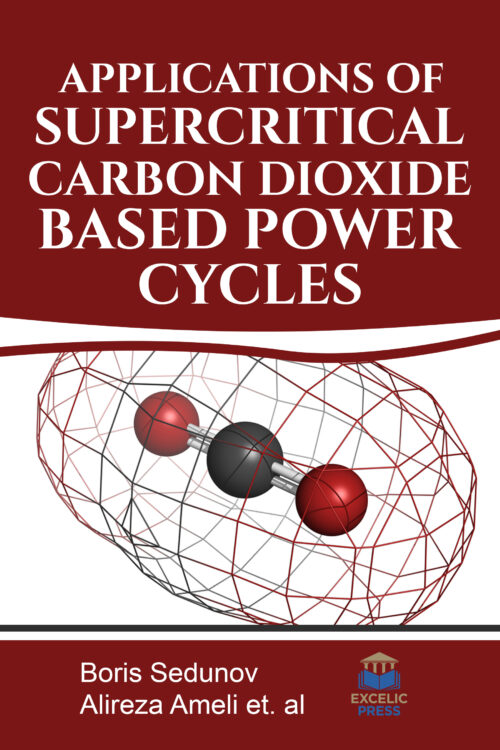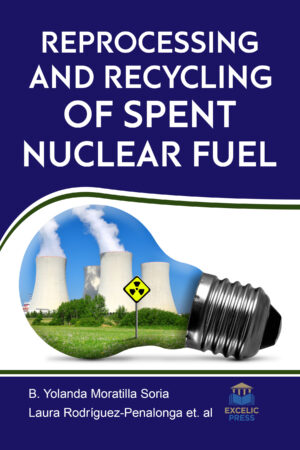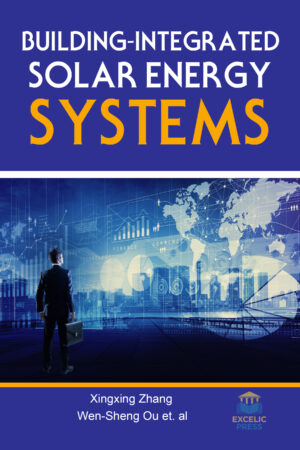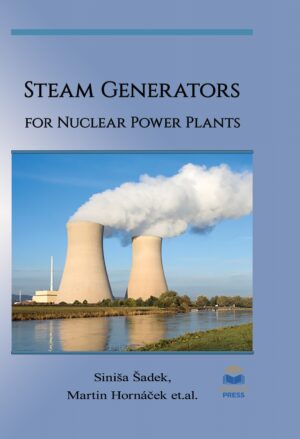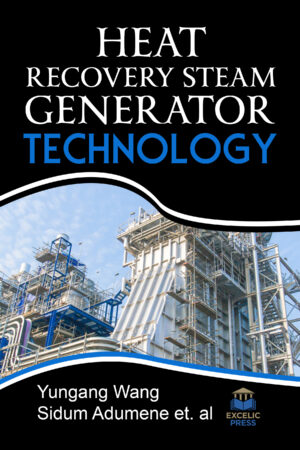Description
Supercritical CO2 (sCO2) cycles are being considered for future fossil energy systems. These sCO2 systems deliver the prospect of improved efficiency combined with smaller turbo -machinery size compared to a traditional Rankine steam system if operated at turbine inlet temperatures up to 760°C. Supercritical CO2 cycles have been investigated since the 1960s, but technical limitations, both computational and physical, prevented major strides on the subject until the turn of the millennium. Since then, numerous studies have investigated and conceptualized various sCO2 cycles: as standalone power cycles for nuclear applications, in concentrated solar power plants or for waste heat recovery. Many of these studies were conducted using established performance simulation tools such as NPSS, which were expanded in their functionality through supercritical CO2 fluid property functions.
Fundamentals and Applications of Supercritical Carbon Dioxide (sCO2) Based Power Cycles provides up-to-date information of research and technology in this field. This book addresses components for sCO2 power cycles, such as turbomachinery expanders, compressors, recuperators, and design challenges, such as the need for high-temperature materials. The attractive features of sC02 power cycles are addressed. The supercritical CO2 (sCO2) Brayton cycle has recently been gaining a lot of attention for application to next generation nuclear reactors. The advantages of the sCO2 cycle are high efficiency in the mild turbine inlet temperature region and a small physical footprint with a simple layout, compact turbomachinery, and heat exchangers. Currently sCO2 cycles are being investigated primarily for stationary power applications, but their high power density and efficiency, even for modest peak cycle temperatures, makes them credible bottoming cycle options for aero engine applications. To successfully utilize the high reactor outlet temperature, interest in alternative power conversion systems is also increasing. The steam Rankine cycle and gas turbine systems have been utilized by large size power plants for several decades.
This book will appeal to students, practitioners, as well as researchers dealing with this field.

